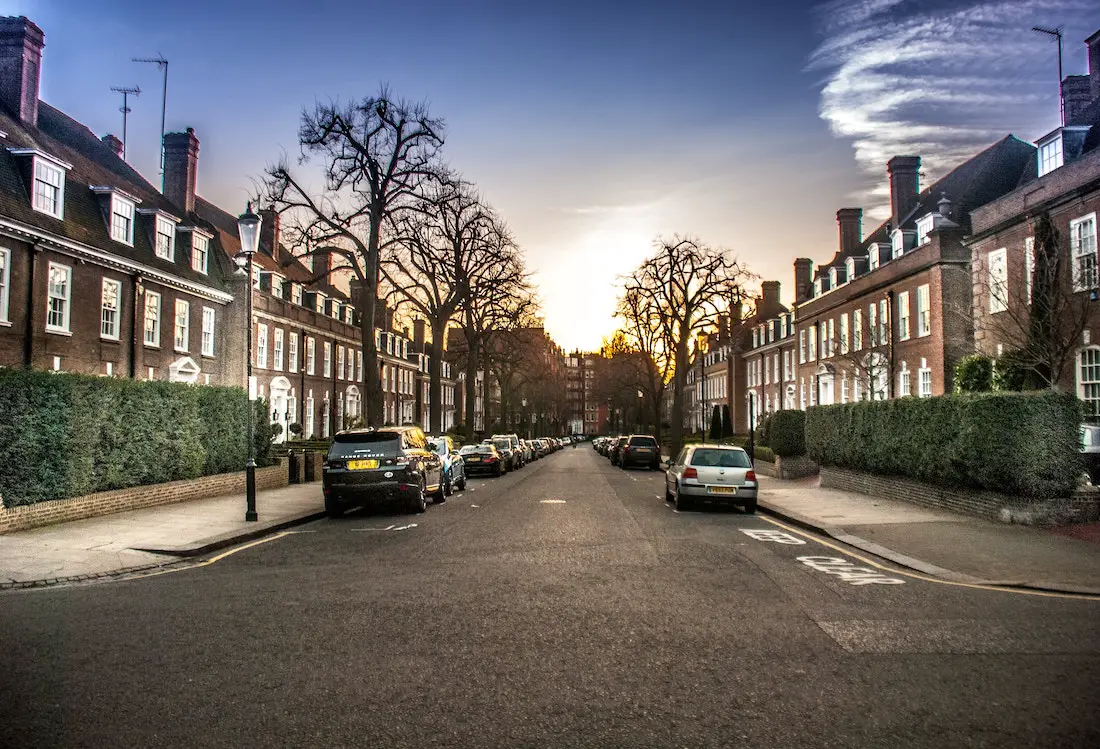With social media services allowing people to tag the locations of the photos they’ve uploaded, check-in to shops, bars and parks online, and have geolocation attached to their tweets, it’s clear that online technologies and the city are becoming increasingly integrated, with no signs of this stopping. This data is accessible and is already being utilised by a variety of innovative applications, further suggesting that data, technology and the built environment will soon be fully intertwined.
We already have maps that show user generated photographs from the area, mobile applications showing local social media activity, and websites like fixmystreet.com that allow you to report issues with your city and monitor their progress as they are resolved. Technological progress is already changing the way we interact with the built environment.
However, our planning system is progressing at a much slower pace, and some might say not at all. Potential developments are stuck on a nearby lamp post, and if you have any issues, you can write a letter or attend a meeting. The most active contributors are the ‘NIMBY’ (not in my backyard) and ‘BANANA’ (build absolutely nothing anywhere near anything) crowd, halting bad developments, but good ones too.
With a wealth of data suggesting the general public have a real interest in online interactions with the built environment, is it time that the planning system opened itself up to the world wide web and the vast amount of data being generated by social media interactions, encouraging engagement from the masses?
Does the user data already being generated from online interactions with the built environment have a value within the planning process, and if so, should it be promptly integrated when making planning considerations? Could this create a greater sense of community, forging connections between people and place, or are the general public genuinely not interested in city planning? Would it improve the overall quality of the design of buildings and public space or would we end up with an exaggerated built-by-committee situation?
Photo: Sebastian Niedlich


